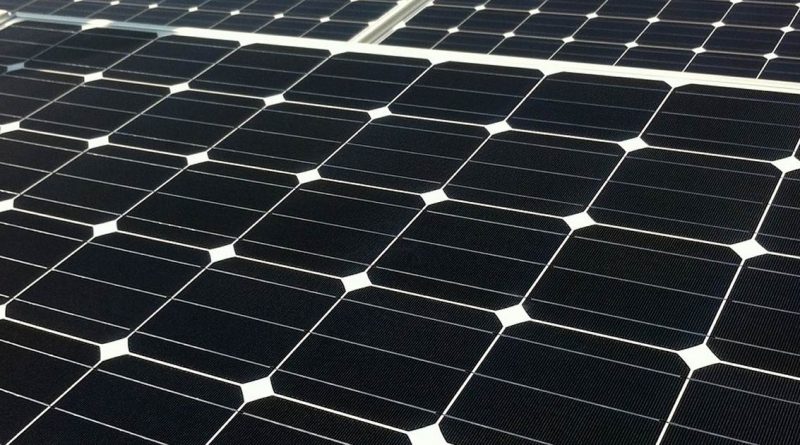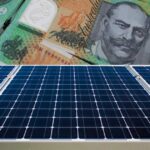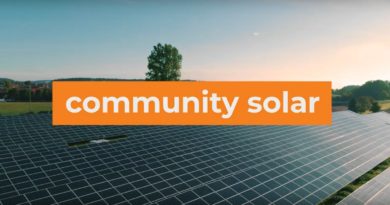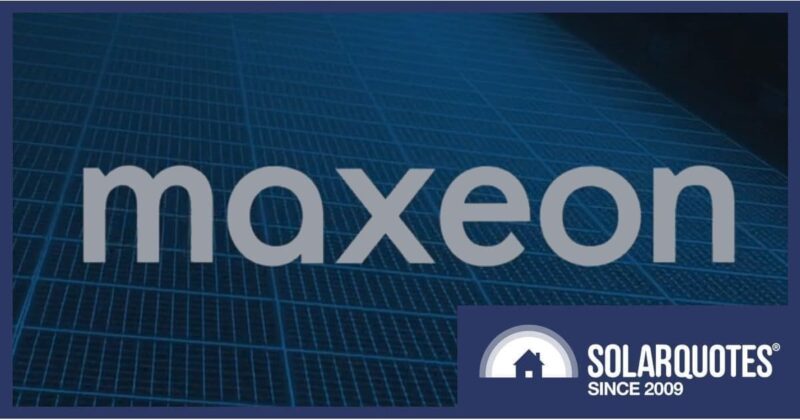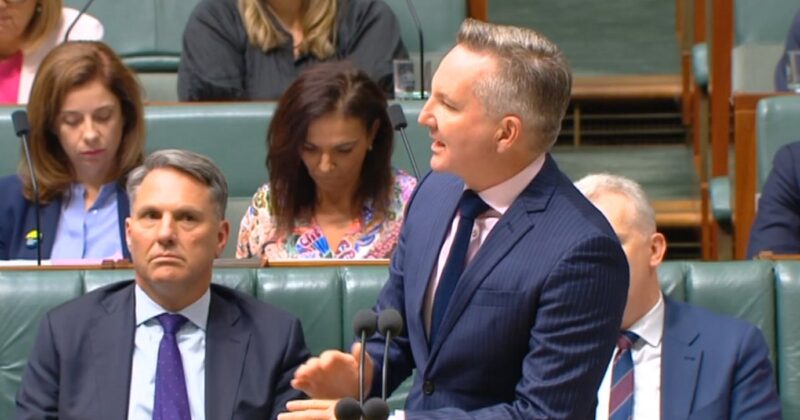Solar Export Tariff Draft Guidelines Released
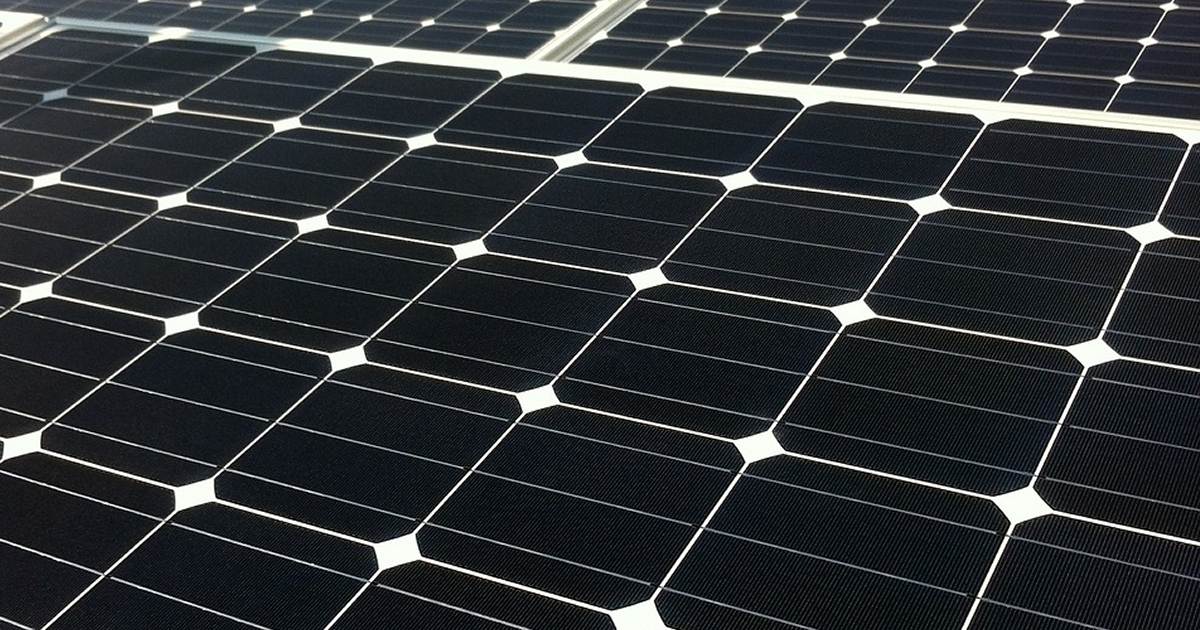

Draft guidelines for solar export tariffs – a potential charge for exporting electricity into the grid – have been released for comment; and no doubt there will be plenty.
Solar export tariffs have been brewing for a while, so first a brief summary of the saga to date.
Australia’s electricity grid was originally designed for electricity flowing into premises, not out from them. But the latter has been increasingly happening as households and businesses across the country install solar panels. One of the motivators aside from the solar rebate that reduces the upfront cost of systems has been availability of feed-in tariffs, which provide a credit for surplus solar energy exported to the mains grid.
There is so much PV capacity in some parts of the National Electricity Market (NEM1), the congestion caused by all this solar energy goodness – particularly around late morning to early afternoon – is causing some headaches; threatening the stability of local networks.
In some situations, new solar owners have been hit with stingy export limits or are zero export limited. Thankfully tech smarts and tweaks being implemented means this isn’t as prevalent now, but more needs to be done to cater for more systems.
There are a couple of fixes, including increased spending on infrastructure. But this is not only expensive, and everyone will still ultimately pay, the extra capacity is only usually needed at certain times of the day.
The other approach is to provide pricing signals to solar owners when they should self-consume more of their solar energy2, but also for exporting energy to the grid when it’s needed.
One of the signals to self-consume is to introduce a charge on exports under certain circumstances. And once that idea was floated, cries of “SUN TAX!” soon followed.
Solar owners were justified in being concerned – after all they’ve made a significant investment – but there was a fair bit of misinformation that followed, which the Australian Energy Market Commission attempted to address last year.
What’s Happened Since With Export Tariffs?
To this point, NEM Distributed Network Service Providers (DNSPs) have been banned from whacking a surcharge on exports, but that changed in principle in August last year with the AEMC’s tweaks to National Electricity Rules and National Energy Retail Rules, a summary of which can be found here.
However, the ability for DNSPs to integrate two-way pricing isn’t going to happen straight away. Existing solar owners cannot be put on export pricing until 2025 at the earliest. And there are expectations that two-way pricing will very much be a two-way street, with benefits for both parties.
The Australian Energy Regulator was tasked to develop Export Tariff Guidelines on two-way pricing that would cover issues such as:
- customer protections
- potential structure of proposals
- a process for approving or not approving proposals
- expectations of networks with regard to community consultation
.. and very importantly, a basic export level (free export service) that must accompany any two-way pricing proposals.
On Wednesday, the AER released its Draft Guidelines for feedback.
There’s a lot to unpack and I haven’t read it thoroughly, but here are a few highlights:
- Enabling two-way pricing will not necessarily mean rooftop solar power system owners will be forced to pay to export solar electricity at all times, or at all.
- Any proposal to implement an export charge will have to pass a pretty tough AER pub test, which will include public submissions.
- The AER will encourage distributors to undertake tariff trials, to test new tariff structures and customer or third-party responses.
- DNSPs will have to justify charges; e.g. only if solar exports are contributing to increased network costs – and show how they calculated these charges.
- Charges must only recover costs associated with providing the export service, and historical costs associated with providing a network’s intrinsic hosting capacity should not be recovered through export charges, as these are being covered by consumption charges.
- There would need to be meaningful engagement by DNSPs with customers – and not just solar owners.
- Significant lead-up time would be required before new two-way pricing options could be introduced by a distributor, and a transition strategy in place clearly demonstrating how the distributor will take into account the impact on customers.
- A distributor will have to offer a basic solar export service up to a defined export threshold (to be determined according to circumstances), at no charge.
- The same distributor may also offer a “premium” export service offering a higher export threshold or no threshold, for a defined price.
- A charge could only apply at times when exported power is likely to drive future network investment. A “negative” charge (rebate/credit) in addition to any existing feed-in tariffs would be applied when the network would benefit from increased exported solar power.
- Any two-way pricing proposals will not take effect until 2025 at the earliest in most NEM states – it will be the following year for solar owners in Victoria.
Further information: Draft Export Tariff Guidelines | Explanatory statement
Feedback on both documents is open until March 8, 2022 and the final Export Tariff Guidelines are due to be published in May 2022.
Footnotes
Original Source: https://www.solarquotes.com.au/blog/solar-export-tariffs-mb2324/

